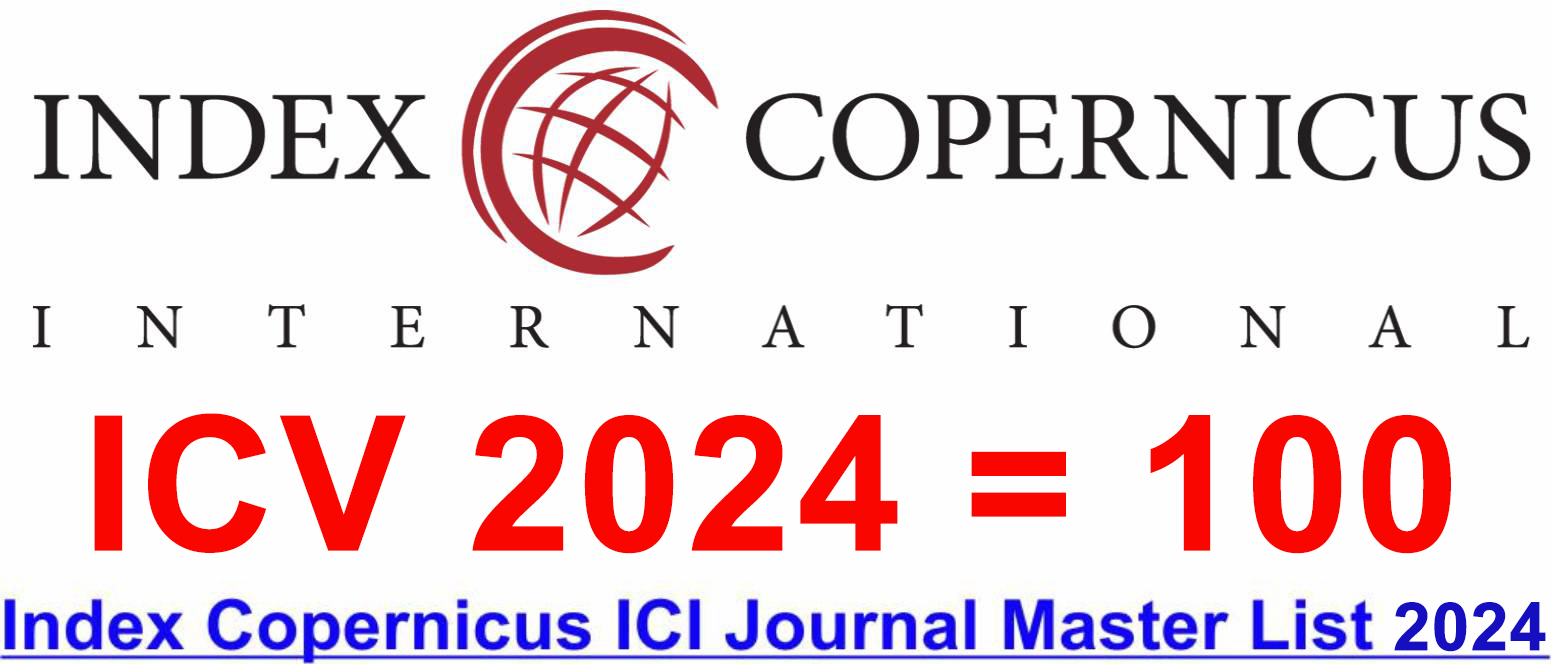A Review of hyper mixers to enhance combustion efficiency in supersonic combustor
DOI:
https://doi.org/10.46977/apjmt.2020.v01i01.002Keywords:
Scramjet; Hyper mixer injector; Alternating wedge injection; Mach number; Combustion efficiency and energy efficient techniques.Abstract
Supersonic mixing and combustion enhancement is primarily focused to increase the efficiency of scramjet engine. The research on a fuel injection system performance is widely developing today. In scramjet engine, the air and fuel mixing is improper due to the supersonic flow inside the combustor. The flame instabilization occurs due to less resident time of air which tends to affect the output efficiency and it leads to loss of fuel energy. Hence apart from the modern research studies on various fuel injection techniques inside the supersonic combustor, this study provides the idea of various alternating wedge designs to enhance the air and fuel mixture. Also reducing the consumption of fuel in the combustor gives a great impact in usage of fuel energy efficiently in the aviation field.
Downloads
References
Ambicapathy. S., Sivaraj. P, Rakesh. A, Vysaprasad, K., Hemasai. N. D, and Sanal Kumar, V. R. (2014). Diagnostic Investigation of Flow field Characteristics of Cavity based Scramjet Combustors. 50th AIAA/ASME/SAE/ASEE Joint Propulsion Conference. DOI: 10.2514/6.2014-3872.
Fureby, C., Nordin-Bates, K., Petterson, K., Bresson, A. and Sabelnikov, V. (2015). A computational study of supersonic combustion in strut injector and hyper mixer flow fields. Proceedings of the Combustion Institute, 35 (2), p. 2127-2135. DOI: 10.1016/j.proci.2014.06.113.
Hu, J., Chang, J., Bao, W., Yang. Q., and Wen, J., (2014). Experimental study of a flush wall scramjet combustor equipped with strut/wall fuel injection. Acta Astronautica, 104(1):84–90. DOI: 10.1016/j.actaastro.2014.07.012
Kubo, N., Murakamib, A., Kudob, K., and Tomiokaa, S. (2015). An Experimental Investigation on Combustion Characteristics of Hypermixer Injectors --Effects of the 'Swept' Applied to Hypermixer Injector Ramps. Procedia Engineering, 99:954-960. DOI: 10.1016/j.proeng.2014.12.627
Kubo, N., Tomioka, S., Murakami, A., and Kudo, K., (2014). Mixing and Combustion Experiments with Hyper-Mixer Injectors in a Scramjet Combustor. Conference: 50th AIAA/ASME/SAE/ASEE Joint Propulsion Conference. DOI: 10.2514/6.2014-3873.
Mani, S., Ramesh Kumar, T., Ajith. S, Hemasai.N.D, and Sanal Kumar.V.R. (2015). 3D Flow Visualization and Geometry Optimization of Cavity based Scramjet Combustors using k- Model. 51st AIAA/SAE/ASEE Joint Propulsion Conference, Project: Complex flow analysis and Optimization. DOI: 10.2514/6.2015-3946
Obula Reddy, K., Suneetha, L., and Pandey, K.M. (2017). Numerical analysis of scramjet combustor with innovative strut and fuel injection techniques. International Journal of Hydrogen Energy, 42(15): 10524-10535. DOI: 10.1016/j.ijhydene.2018.04.067
Ogawa, H., and Kodera, M., (2015). Physical Insight into Fuel/Air Mixing with Hypermixer Injectors for Scramjet Engines. Journal of Propulsion and Power, 31(5):1423-1435. DOI: 10.2514/1.B35638.
Pandey, K.M., Roga, S and Choubey, G. (2016). Numerical Investigation on Hydrogen-Fueled Scramjet Combustor with Parallel Strut Fuel Injector at a Flight Mach Number of 6. Journal of Applied Fluid Mechanics, 9(3): 1215-1220.
Patel, A., Sahu, G. and Sen, P.K. (2015) A Review on Fuel Injection System of Scramjet Engine. International Journal of Engineering and Management Research, 5 (5): 199-202.
Published
How to Cite
Issue
Section
Copyright (c) 2020 Asia-Pacific Journal of Management and Technology

This work is licensed under a Creative Commons Attribution-NonCommercial 4.0 International License.
















